In 2020, the fires across the West have set new records. At the time of this writing, there are more than 25 active wildfires raging across California alone, with more than 2.2 million acres already burned. Along with the many people being displaced, the fires are also having an impact on wildlife, namely birds. Unfortunately, the bird population was already under attack before the fires, with a 30% loss in the North American population since 1970 due to loss of habitat from a rise in urbanization. Now more than ever they need our help—and we can make a real difference with a few simple actions. But before we discuss how to help our local birds, let’s answer a few FAQs regarding birds and wildfires.
Birds and Wildfires—the FAQs
Where do birds go during a fire?
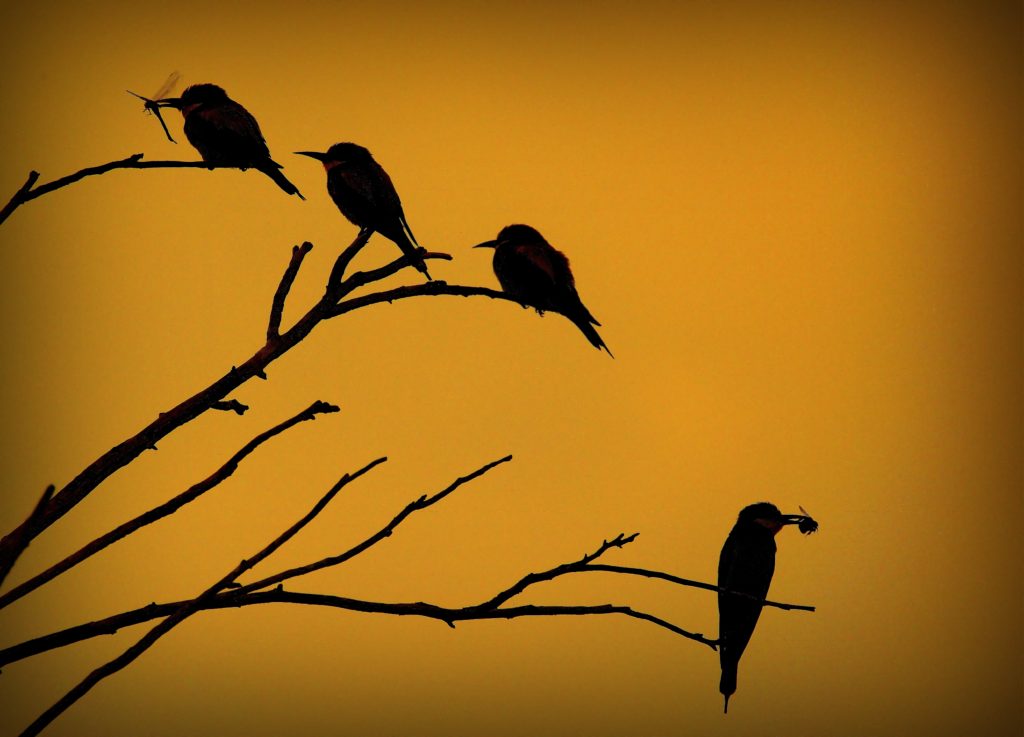
As you might expect, most birds fly to safety. They typically fly out of forests and areas with active fires to the nearest location outside the burn zone. Unfortunately, fires can kill sick and injured birds, and, during nesting seasons, nestlings and younger birds that can’t yet fly. And those that get away must compete with the birds in the new area for habitats, food, and water.
How does smoke from fires affect birds?
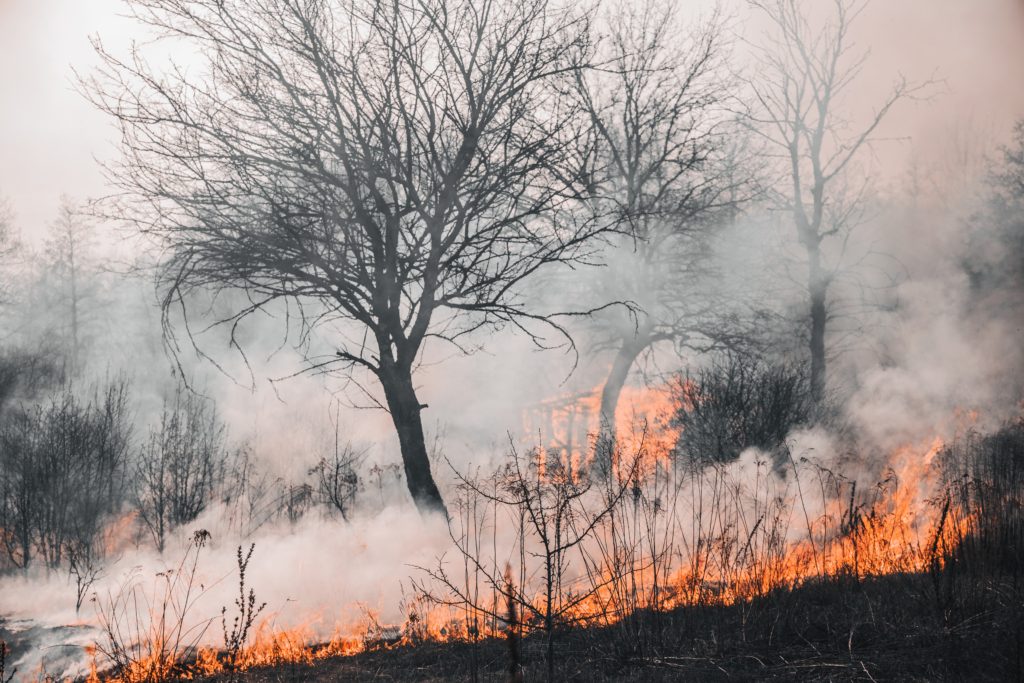
Though most birds will vacate a burning area, a bird caught in the thick smoke of a wildfire may become trapped and incapacitated, unable to fly to safety. In addition, bird have sensitive respiratory systems. Although research on smoke’s impact on birds is lacking, some studies indicate that it may cause long-term damage to birds’ lung tissue. And biologists say toxic compounds from the smoke of this year’s wildfires may be at least partly responsible for the large amount of dead migratory birds found recently in New Mexico, Colorado, and Texas.
Do wildfires alter the migratory behavior of birds?
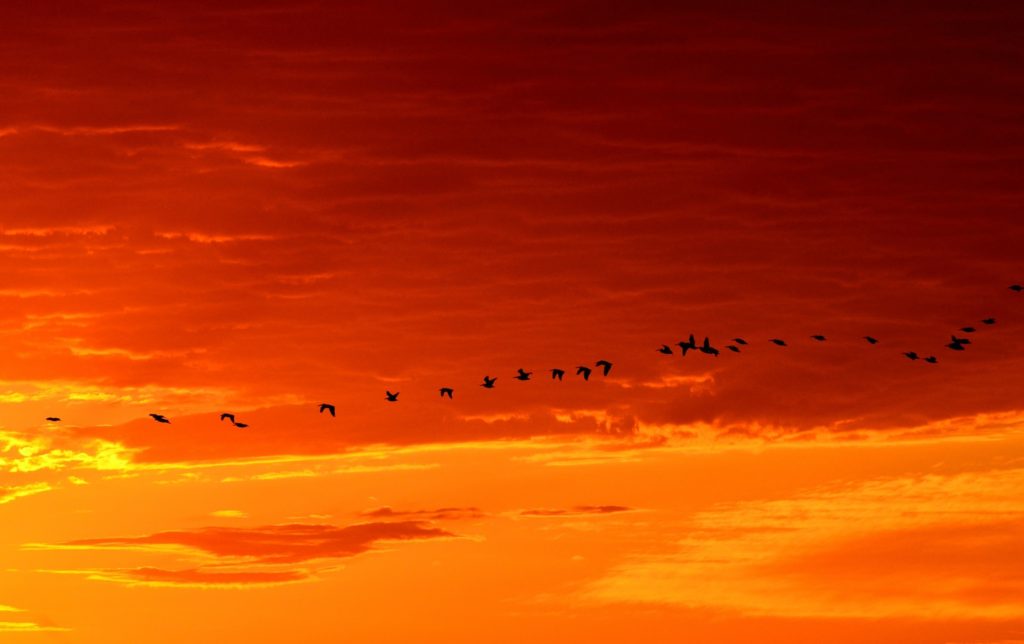
Right now, millions of songbirds are migrating south through California. Because of the wildfires sweeping the state, these birds aren’t able to rest and feed at their usual rest spots, and so they’re having to fly longer distances to find safe places to rest and refuel. This causes birds stress from exhaustion and lack of food to fuel their flight. In fact, biologists posit that the wildfires in the western states may be at least partly to blame for the dead birds found in and around New Mexico, as many were underweight with little to no fat on their bodies.
Scientists have also commented that smoky skies that block out the sun and cloud a bird’s vision could affect their navigation systems, causing them to migrate earlier than they normally would.
Want to watch birds migrate in real time? Check out BirdCast’s live migratory map.
How do fires affect bird habitats?
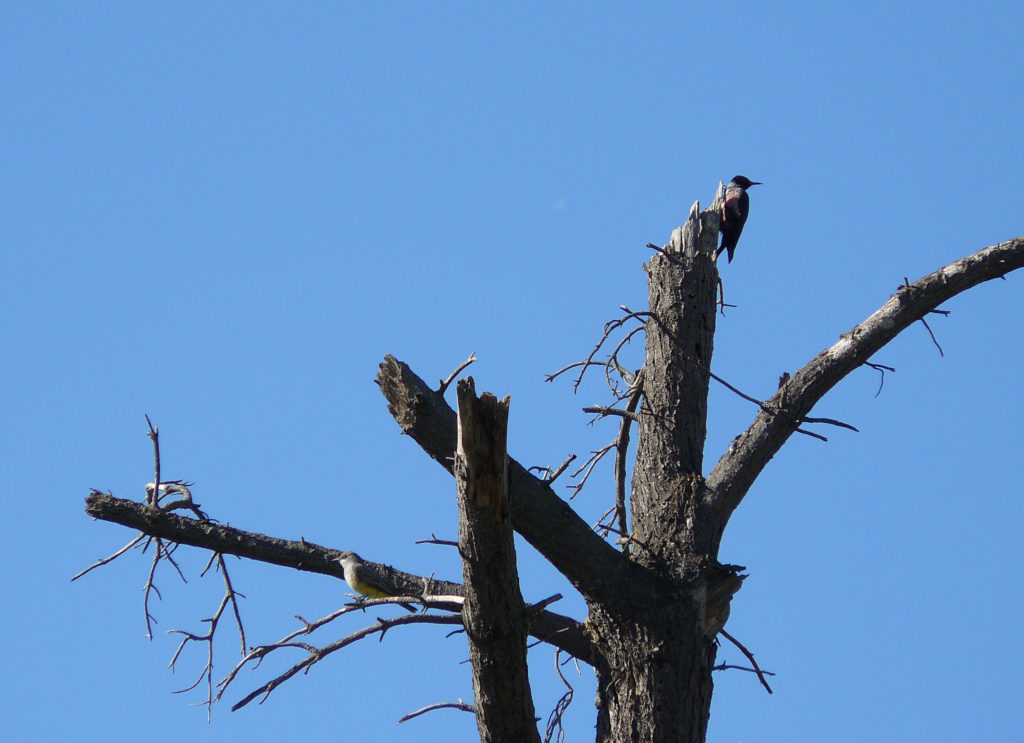
Fire is a natural part of our California ecosystem, and even vital for the health of our forests. However, the frequent and unrelenting fires California has experienced in the past few years have caused unusual stress on birds, who become displaced and must compete with other displaced birds for shelter, food, and water.
It’s not all bad news, though. Wildfires are revitalizing to forests and natural spaces, making way for new plant growth and a richer wealth of wildlife. Even a recently burned forest can be a great food source for birds. Bark- and wood-boring beetles invade these areas to feast on the damaged trees. They, in turn, attract certain types of woodpeckers, who eat to their heart’s content and then drill a nesting spot high in a dead tree.
Are the fires the reason I see more birds at my feeder?
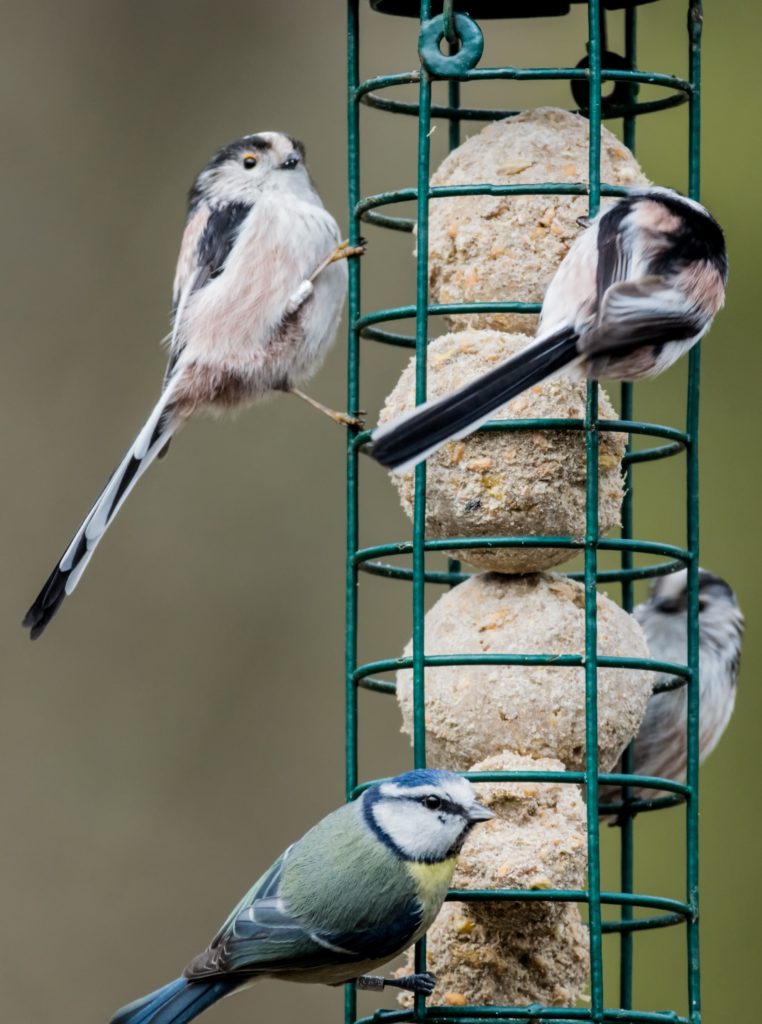
If you live in an area close to, but relatively unaffected by, nearby fires, it’s quite possible you may start seeing more—and different kinds of—birds at your feeders. This is caused by birds relocating from nearby burn areas or using your feeder as a rest stop during their migration.
How to Help Birds Affected by Fires
Birds need our help! Here are some surprisingly simple, yet impactful, ways you can help birds who have become displaced from wildfires:
Put out more bird feeders
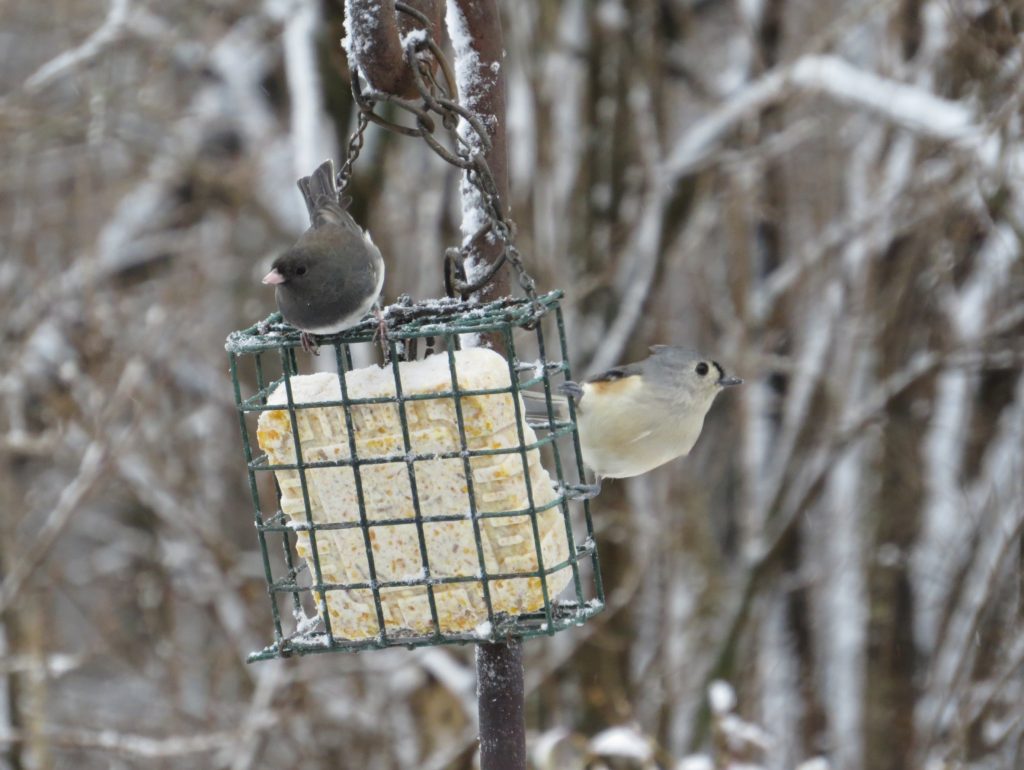
As mentioned in the FAQs, birds fleeing wildfires are exhausted and looking for fuel. And since there might be hundreds or more birds competing for food, the more food sources out there, the better. If you have already have a bird feeder or two, consider adding more—perhaps across your yard or garden, so that birds can eat more comfortably with less competition.
Consider a suet feeder, as suet is a high-protein, high-fat food that gives birds the energy they need for long migrations. You might also think about putting out a hummingbird feeder, as hummingbirds need to eat more frequently than other birds in order to survive. And think about this: increasing your feeders means increasing the amount of birds visiting your yard—and more birds means more bird-watching fun for you and your family!
Add a birdbath or two
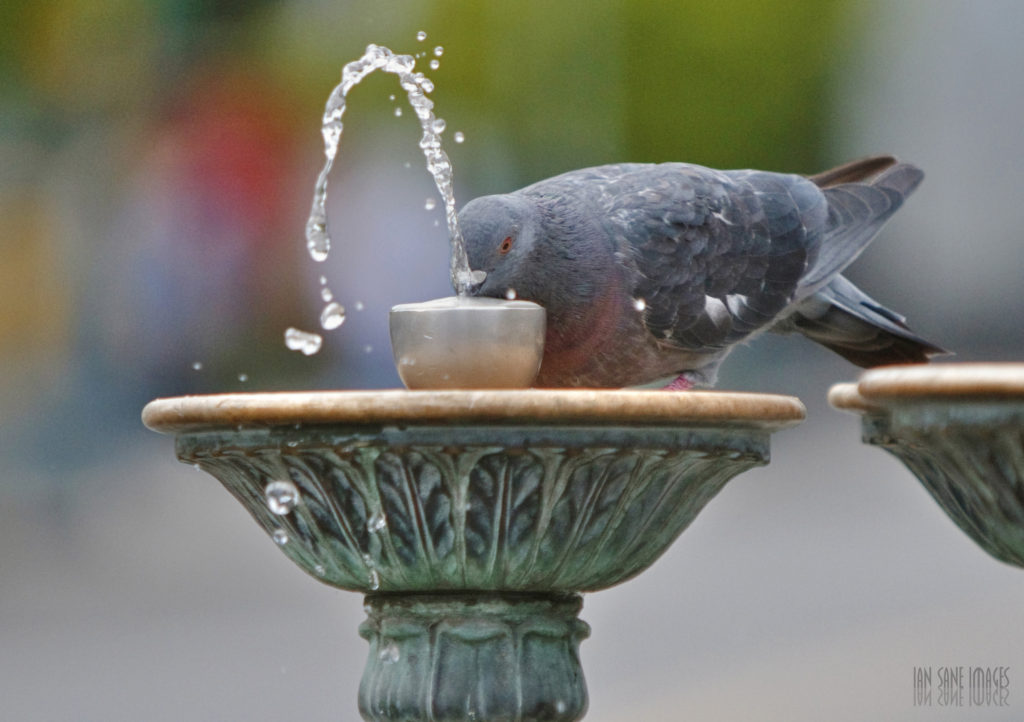
Along with food, birds from fire-worn areas will also need water. Put out one or more birdbaths for them to drink and bathe in. Make sure the water is shallow (two inches or less in depth) and add a rock, stick, or perch so that birds can perch while drinking. A birdbath with moving water is the best way to attract birds, who will notice the movement and sound of the water as they fly by.
Keep your cat indoors

Domestic cats are the number one cause of death for wild birds. And birds escaping wildfires and migrating long distances have less energy to fend off cats and other predators. You can help them immensely by keeping your cats indoors.
Look out for sick or injured birds
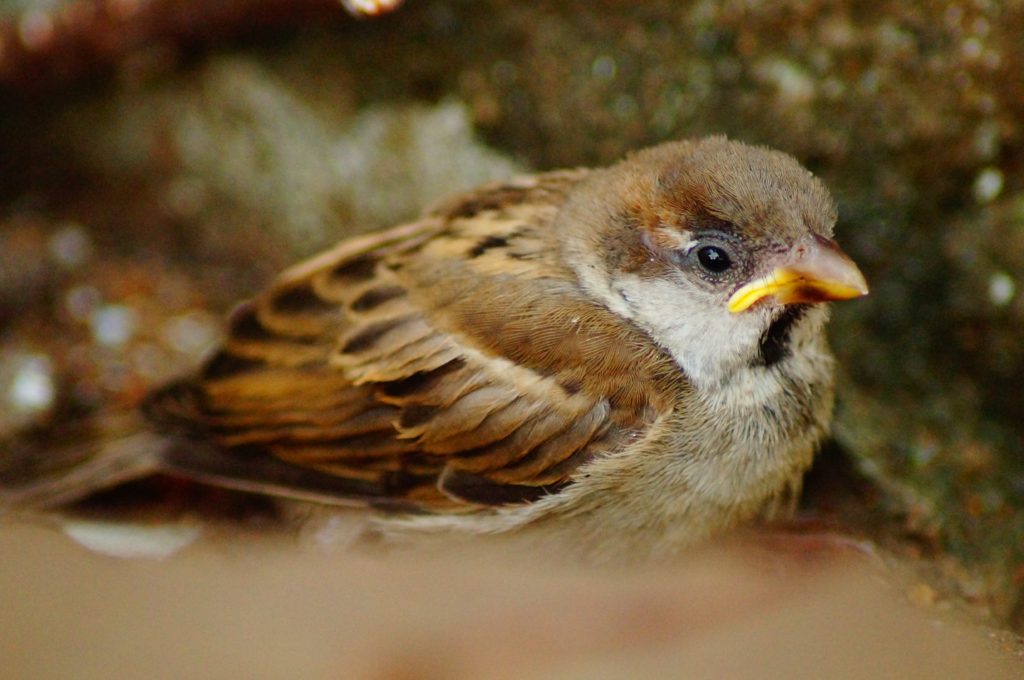
A bird coming out of a burn zone may have become injured by the flames and heat, or sick from smoke inhalation. If you encounter a bird that appears to be sick or injured, pick it up with washed or gloved hands and place it in a covered box with a blanket or soft cloth. The cover should have air holes in it. Refrain from giving the bird food or water and call your local wildlife rehabilitation center immediately.
Support a wildlife conservation organization
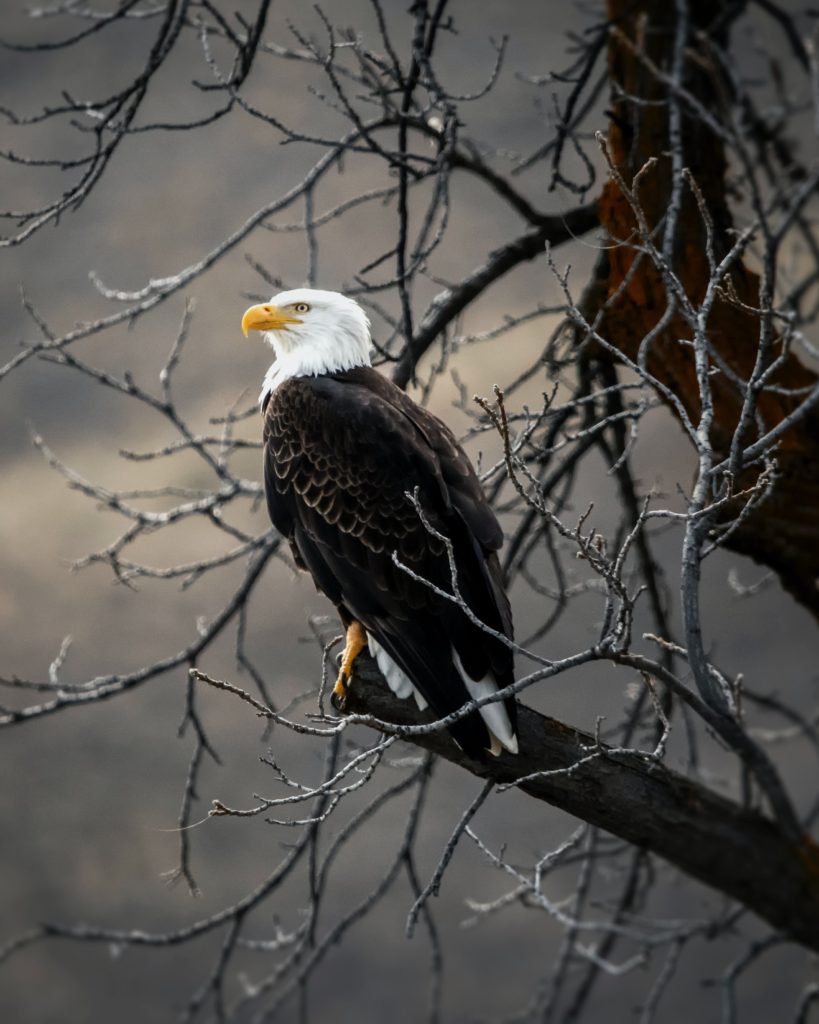
Consider getting involved with, or making a small donation to, a wildlife conservation organization like the National Audubon Society, the Cornell Lab of Ornithology, or The Nature Conservancy.
Did You Know?
Every time you buy a bird feeder, bird seed, or other bird supplies at Chirp Nature Center, part of the proceeds go to support local and national nature advocacy organizations.
We’ll Help You Help Them
We’re in this together, and we want to lend a hand. We have 2 food and water specials available thru 10/11/20 to help you out: an Audubon Deck Mount Bird Bath for 20% off (normally $24.99, on sale for $19.95), and a free 10 lb. bag of Big Bear Blend wild bird seed when you buy two 20 lb. bags (click on each seed link to add all 3 items to your cart and then use coupon code wildfire10 during checkout). Or visit our store or call us today!
Pick up a free “Help Birds Survive Wildfires” sticker in our store, while supplies last!



3 comments
I live in Northeastern Shasta Co, CA and recently found a dead bird in my back woods. It had the irridescent black feathers like a starling, but it’s breast an underwings wer covered in a red substance. We wondered if it had landed in an area that had been sprayed with fire retardant. My questions are, what chemicals are in retardant and how do they effect critters (and humans) that get sprayed by them? Is it possible that retardant killed this bird? If I’d found it alive could I have helped it?
Good questions, Georgi! What you explained sounds plausible, but we’d have to do some research. If we are able to gain any further insights, we will post them. Thanks.
Georgi, we did find this interesting US Forest Service study that indicates above certain concentrations, fire retardants used to fight wildland fires can affect some bird species: https://www.fs.fed.us/rm/fire/wfcs/documents/EcoRA-Retardants-PUBLIC-Dec2013-rev3_080614.pdf. But a quick scan of the report did not reveal what actual concentrations end up existing in typical applications, and what practical exposure birds would receive when a fire is raging and aircraft are buzzing around. Like most things, the devil would be in the details. Fire retardants like “PHOS-CHeK” are primarily made from the same salts found in fertilizers. If you look at the some of the safety info, it says, “85 – 95% of the Phos-Chek retardant solution is water. Of the 5 to 15% of other components present in the solution, most provide nourishment for plant life rather than bacteria, i.e., they are not biodegradable but are consumed by vegetation.” They also say studies indicate that the PHOS-CHeK retardants exhibit a comparatively low order of acute toxicity on small terrestrial wildlife (birds, rodents, earthworms).